+86-159 9860 6917
info@geofantex.com
geofantex@gmail.com
+86-400-8266163-44899
Geocomposite materials have emerged as game-changers in the construction and maintenance of paved roads. Geocomposites, engineered from a combination of geotextiles and geomembranes, offer a myriad of benefits for road infrastructure. These versatile materials play a vital role in road construction by enhancing performance and longevity. They help distribute loads, reduce stresses, and reinforce the structural integrity of paved surfaces. Geocomposites also aid in minimizing the intrusion of water, which is a common factor contributing to road deterioration. By serving as a protective barrier and facilitating effective drainage, geocomposite solutions help mitigate the harmful effects of moisture, ensuring that paved roads stay resilient and durable, even in challenging environmental conditions. Whether it’s for road rehabilitation, expansion, or new construction, geocomposites have become a go-to choice for achieving cost-effective, sustainable, and long-lasting road solutions.
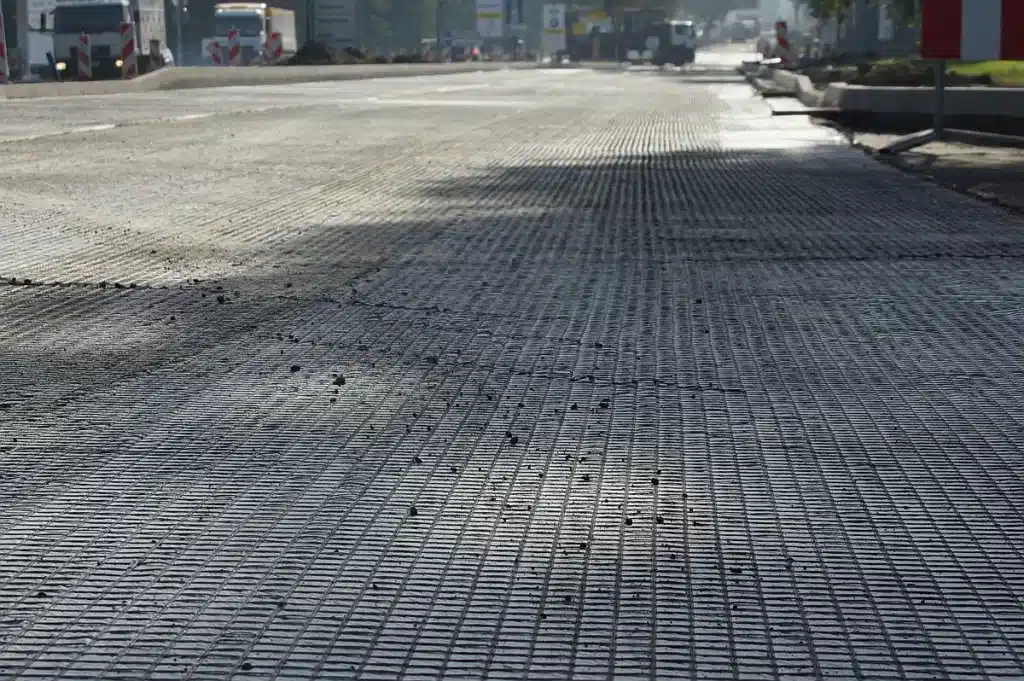
What is geocomposite material?
Geocomposite materials are engineered materials made by combining different types of geosynthetics (like geomembranes, geotextiles, geogrids, or geonets) into a single product. These materials are designed to serve multiple functions in civil engineering projects, such as drainage, filtration, reinforcement, or containment. Geocomposites are often used in applications like landfills, road construction, slope stabilization, and erosion control due to their durability, cost-effectiveness, and versatility. The combination of different materials allows for enhanced performance in specific engineering tasks.
What are some of the geocomposites used for paving?
Geocomposites used in paving applications are designed to address common challenges in road construction and maintenance, such as stabilizing the soil, improving drainage, and extending the lifespan of the pavement. Some of the key types of geocomposites used in paving include:
- Geogrids: These are commonly used for soil reinforcement beneath roadways. Geogrids help in distributing loads over a wider area, thereby reducing the risk of pavement failure due to weak subgrade soils. They are particularly effective in stabilizing base layers of roads and parking areas.
- Geotextile-Geogrid Combinations: These combine the reinforcing properties of geogrids with the separation and filtration functions of geotextiles. This combination is effective in preventing the intermixing of subgrade soil and aggregate base, while also providing reinforcement.
- Geocells: These are three-dimensional, honeycomb-like structures that confine and stabilize soils. Geocells are used in pavement applications to improve load distribution, reduce rutting, and enhance the overall stability of the road structure.
- Paving Fabrics and Mats: These are nonwoven geotextile materials impregnated with asphalt. They are laid between the old and new pavement layers. Paving fabrics act as a waterproofing layer, reducing water ingress into the subgrade and thereby decreasing the likelihood of pavement deterioration due to freeze-thaw cycles.
- Drainage Composites: These are designed to provide effective drainage within or beneath the pavement structure. They help in removing water from the pavement base and subgrade, which is crucial for maintaining the strength and integrity of the road.
- Asphalt Reinforcement Geocomposites: These are high-strength fabrics or grids, often coated with bitumen, used to reinforce asphalt layers. They are designed to reduce reflective cracking caused by traffic loads or thermal expansion/contraction.
- Erosion Control Mats: While not directly part of the pavement, these are used on the sides of roads and highways to prevent soil erosion, especially in areas with slopes or where vegetation cover is yet to be established.
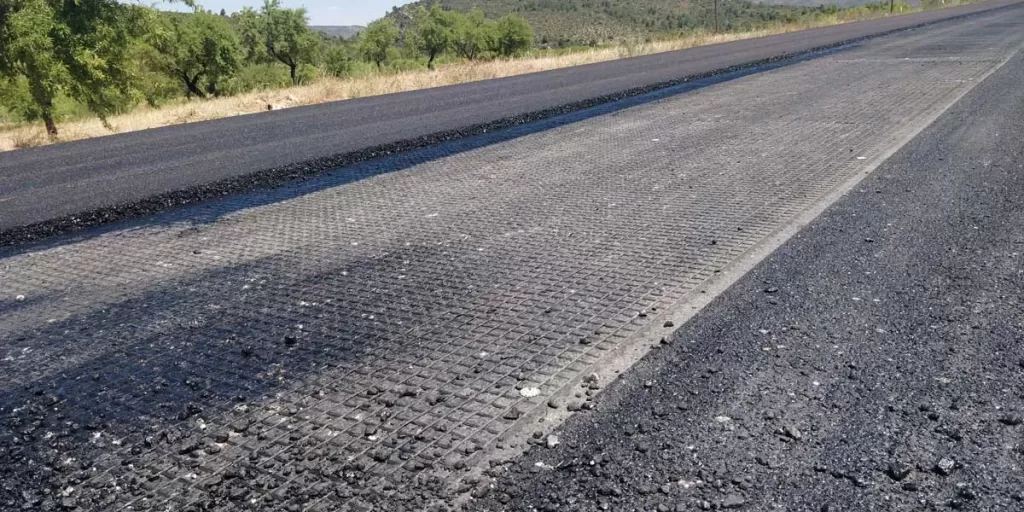
What is the use of geotextile in pavement?
Geotextiles play a significant role in pavement construction and maintenance, offering a range of benefits that enhance the performance and longevity of paved surfaces. Here are some of the primary uses of geotextiles in pavement:
- Separation: Geotextiles act as a separator between the subgrade (the native soil) and the aggregate base or sub-base layers. This separation prevents the intermixing of these layers. When soils and aggregates mix, it can lead to reduced pavement strength and stability. By maintaining separation, geotextiles help in preserving the structural integrity of the pavement.
- Stabilization and Reinforcement: Geotextiles can provide additional stability and reinforcement in areas with weak or unstable subgrade soils. They distribute loads more evenly across the subgrade, which can reduce rutting and extend the pavement’s lifespan. This is particularly important in areas with heavy traffic or soils prone to expansion and contraction.
- Filtration and Drainage: Geotextiles allow water to pass through while preventing the movement of fine soil particles. This filtration is crucial for maintaining proper drainage in and around the pavement structure, thereby preventing water accumulation and potential damage from freeze-thaw cycles. Proper drainage also helps in reducing the risk of subgrade soil weakening due to saturation.
- Moisture Barrier: In some cases, geotextiles can act as a moisture barrier, reducing the penetration of water into the subgrade. This is particularly beneficial in environments where the subgrade soil is susceptible to weakening when wet.
- Stress Absorption and Crack Prevention: When used in asphalt overlays, certain geotextiles can absorb stress and prevent the propagation of cracks from the old pavement to the new layer. This application is particularly useful in rehabilitation projects where the existing pavement is cracked but not severely deteriorated.
- Reflective Crack Mitigation: In-pavement rehabilitation, geotextiles can be used to mitigate reflective cracking. When placed between an existing pavement layer and a new overlay, they can absorb and dissipate stresses to reduce the likelihood of cracks reflecting up into the new surface layer.
- Cost-Effectiveness: By improving the overall performance and extending the lifespan of pavement structures, geotextiles can offer significant cost savings over the long term. They can reduce the need for frequent repairs and maintenance, leading to lower lifecycle costs.
What is the use of geogrid in pavement?
Geogrids are widely used in pavement construction and rehabilitation due to their unique properties and benefits. They are synthetic grid-like structures, typically made from materials like polypropylene or polyester, and are used to reinforce and stabilize soil. In pavement applications, geogrids serve several key functions:
- Soil Reinforcement: Geogrids are primarily used for reinforcing the pavement base and sub-base layers. They increase the load-bearing capacity of the soil, which is particularly important in areas with weak or unstable subgrade. By reinforcing these layers, geogrids help distribute the loads more evenly, reducing the risk of pavement deformation and failure.
- Stabilization: Geogrids stabilize the pavement structure by providing lateral confinement to the base materials. This confinement helps in maintaining the desired alignment and thickness of the base and sub-base layers, preventing spreading and deformation under traffic loads.
- Reducing Rutting: By enhancing the structural integrity of the base and sub-base layers, geogrids can significantly reduce the occurrence of rutting, especially in areas subjected to heavy or repeated traffic loads.
En resumen, los materiales geocompuestos han revolucionado la construcción y el mantenimiento de pavimentos, combinando las ventajas de geotextiles, geogrids y geomembranas en soluciones integrales. Los geotextiles aportan separación, filtración y drenaje, mientras que los geogrids refuerzan y estabilizan las capas de base, distribuyendo cargas y aumentando la durabilidad de las carreteras. Al integrarse en sistemas de geocomposites, estos materiales permiten reducir el ingreso de agua, prevenir la erosión y minimizar el deterioro por ciclos de congelamiento y descongelamiento, asegurando pavimentos más resistentes y de larga vida útil.
Para proyectos de rehabilitación, expansión o construcción de nuevas vías, el uso de geocomposites representa una inversión rentable y sostenible, que optimiza costos de mantenimiento, mejora la seguridad vial y garantiza un rendimiento superior a largo plazo. Implementar soluciones de geocomposites es, hoy en día, un estándar para carreteras duraderas y eficientes.
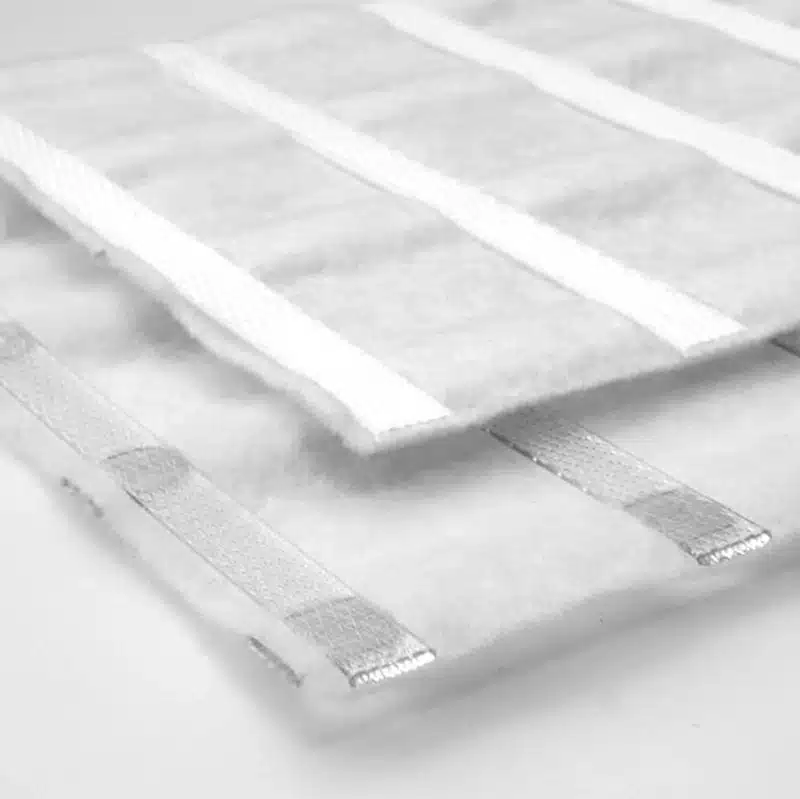
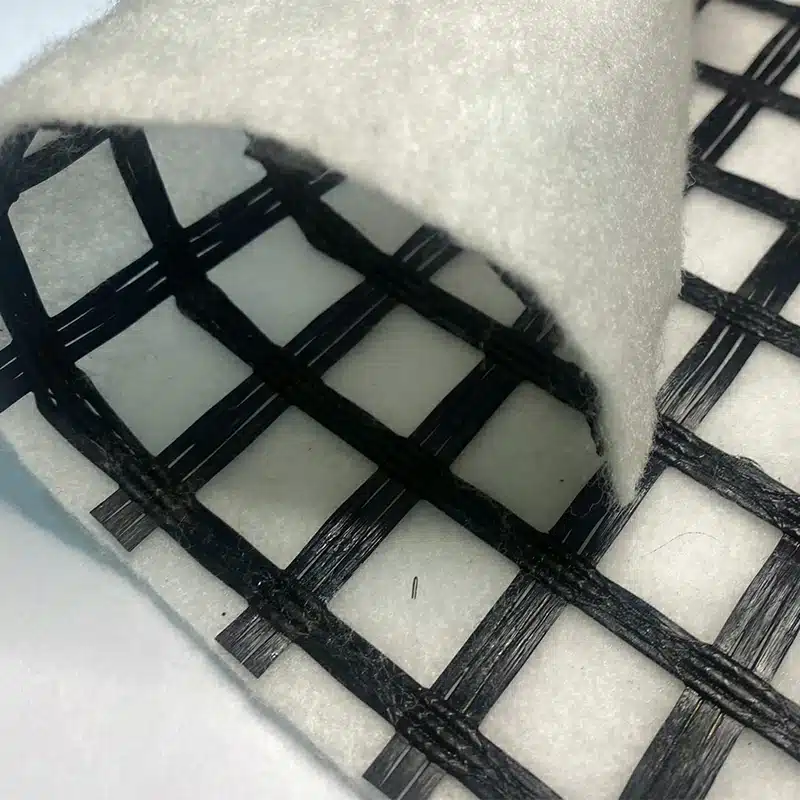
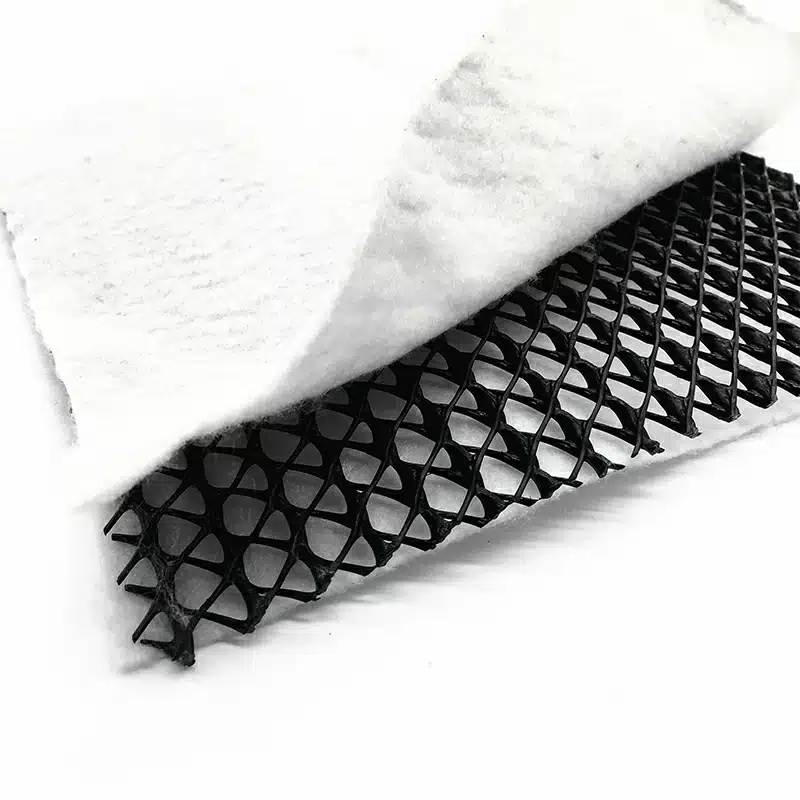
Get Free Sample
We’ll respond as soon as possible(within 12 hours)






















